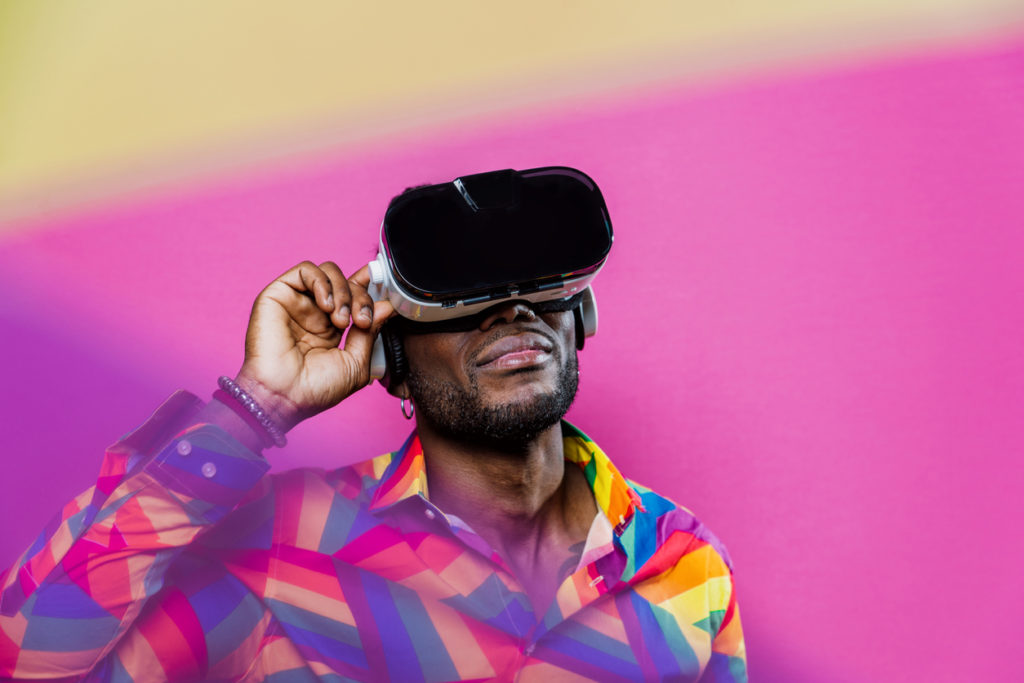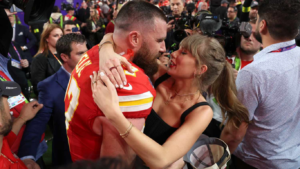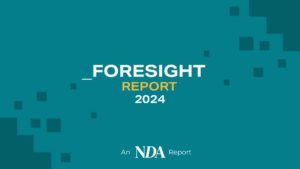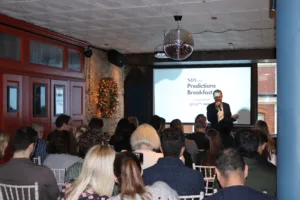When Paris Hilton, heiress of the Hilton Hotels empire, swept through Cannes Lions International Festival of Creativity this summer, declaring herself “the original influencer” and self-styled “Queen of the Metaverse”, it sparked an interesting debate among some marketers; what’s the difference between an influencer and creator?
It seems, just as influencer marketing has secured its place as the new force driving the attention economy, some creators are keen to differentiate themselves from it. Olly Lewis, CEO & founder of THE FIFTH, the social creative agency founded by News UK in March 2019, believes the debate represents the natural evolution that has taken place since social media became such a dominant force in modern day marketing.
“The term influencer began as a catch-all-term used to describe individuals able to engage large communities via social media, but as the space has developed we’ve seen a push for clearer distinctions to be made, he said.”
“A lot of influencers don’t enjoy the term. I don’t enjoy the term,” admitted Becky Owen, Head of Creator Marketing Innovation and Solutions for Meta EMEA. Speaking at a private industry discussion hosted by THE FIFTH, Owen said it was time to place the focus back on the skills of the individuals, not just their reach.
“Now, because of the level of craft, ‘influencer’ doesn’t sum it up. Creators can have influence, but it’s their craft and creativity, like their aesthetics, that make them appealing to brands. It’s a reflection on the amount of effort that goes into doing what they do; they are content creators.”
It’s easy to forget that it was reality TV, not social media, that shot Hilton to fame in the early 2000s. And Hilton’s own unique, and undeniably global ability to influence does seem to be a step removed from the social media influencers that followed in the guise of bloggers and YouTubers like Alfie Deyes, Zoella, Tanya Burr and PewDiePie.
There was no global family business empire behind these independent creators, and their ability to slice and dice video and audio footage has been key to their social success. What started out as a hobby turned into life-changing careers and led them to become celebrities in their own right.
Creators as skilled pioneers
Today, when brands work with creators they often get photography, videos, style-guides and narrative formats built into the partnership. They can be one-stop digital marketing shops in themselves, notes Jess Markwood, COO of THE FIFTH. She said: “It’s important to recognise that the term influencer is just one category of the creator economy now. Of course, you do still have extremely influential creators, but the technical skills and production capabilities that many successful creators are able to bring to brand partnerships are not suitably captured in the term influencer. ”
Meta has begun pairing creators with virtual reality (VR) technicians, recognising how important they’ll be in helping to shape experiences in the Metaverse and to bring engaged communities to it. Many pioneering creators are now said to be considering embedding these new roles within their existing production teams. “There is currently a tech gap, it’s obviously going to close as it becomes really nascent to the younger generation, but there is a hole right now that a small community is excelling in,” noted Owen.
The future of creator marketing
Heading into 2023, creator marketing clearly represents a huge opportunity for savvy brands that understand the power of building community and personality. Social channels continue to decentralise the media, and more than 2 million people are professional creators, according to this year’s Influencer Marketing Benchmark Report.
At the discussion, Rich Devine, Executive Advisor and Consultant, noted how the business model for today’s creators sees them operating as small businesses. This reliance on their own brand equity for business opportunities, he said, arguably makes them more particular about who they work with and what they promote. They are more likely to represent specific social groups and passion points, so what they introduce to their communities needs to feel authentic and be the right fit.
One contentious area of potential growth concerns the rise of computer-generated, artificially intelligent creators, turned influencers. Already some of the most popular bots have significant followers. For example, Lu do Magalu, which started out as a virtual sales associate for a Brazilian magazine more than 10 years ago, now has a combined reach of more than 55 million followers and generates $17 million per year.
“It’s an interesting space but I think we need guardrails,” cautioned Scott Guthrie, Head of the Influencer Marketing Trade Body at THE FIFTH meeting in Cannes. “India’s Advertising Standards Council became the first country’s authority to include virtual AI influencers, where you have to declare if they are not humans.”
Introduced in July 2021, ASCI, the Advertising Standards Council of India rolled out guidelines for brands, marketers and influencers that require full and clear disclosure that users are not interacting with a human when using virtual influencers – defined as “fictional computer generated people or avatars who have the realistic characteristics, features and personalities of humans, and behave in a similar manner as influencers.”
Guthrie added: “At the moment I would argue that the good human influencers, or creators if you prefere, come imbued with a backstory and narrative that is important; they are not just selling a product. But. perhaps the next iteration will not be following a human script. Perhaps it is AI at scale. I’m sure lots of people are considering it, but the danger is bad actors could swamp social media with misinformation.”
Owen struck an excited but cautious tone, recognising virtual AI influencers as the “fast moving train”. The Meta executive has worked with Offbeat Media to try and audit the people or companies behind every virtual influencer. “About 30% you couldn’t see, and about 40-45% were photo-realistic human parsing,” she said. “I’m now working with a philosopher, an ethicist and someone in responsible AI to help develop a proactive framework.”
Owen added: “Just because you can doesn’t mean you should. I’m seeing people accidentally get into trouble with communities when pulling the trigger on AI, but it is only going to become more dominant.”
Devine warned that virtual AI influencers seem to be the antithesis of the many strengths and attributes currently driving the success of creators – namely their authenticity, communities and human touch. “Don’t virtual influencers fly directly in the face of authenticity?” he asked.
The answer to this can depend on who’s behind the virtual influencer. One popular avatar, Rugby Gloom, for example, is created by Chan Ka-yu – a Hong Kong-born artist who started out as a fashion influencer at the age of 18 but struggles desperately with her own self-image. She insists her online bot has helped her to communicate in an authentic way she is comfortable with. It seems even virtual influencers can be creator-owned, as opposed to production- or brand-owned.
THE FIFTH’s Lewis said: “Things are moving fast and success will be judged on a case by case basis until a general consensus can be formed. Virtual influencers controlled by recognisable creators could provide new levels of scale and usher in an exciting new chapter for the sector. Or they could prove to be a step too far for all but a handful of social operations. Marketers should watch this space closely.”









